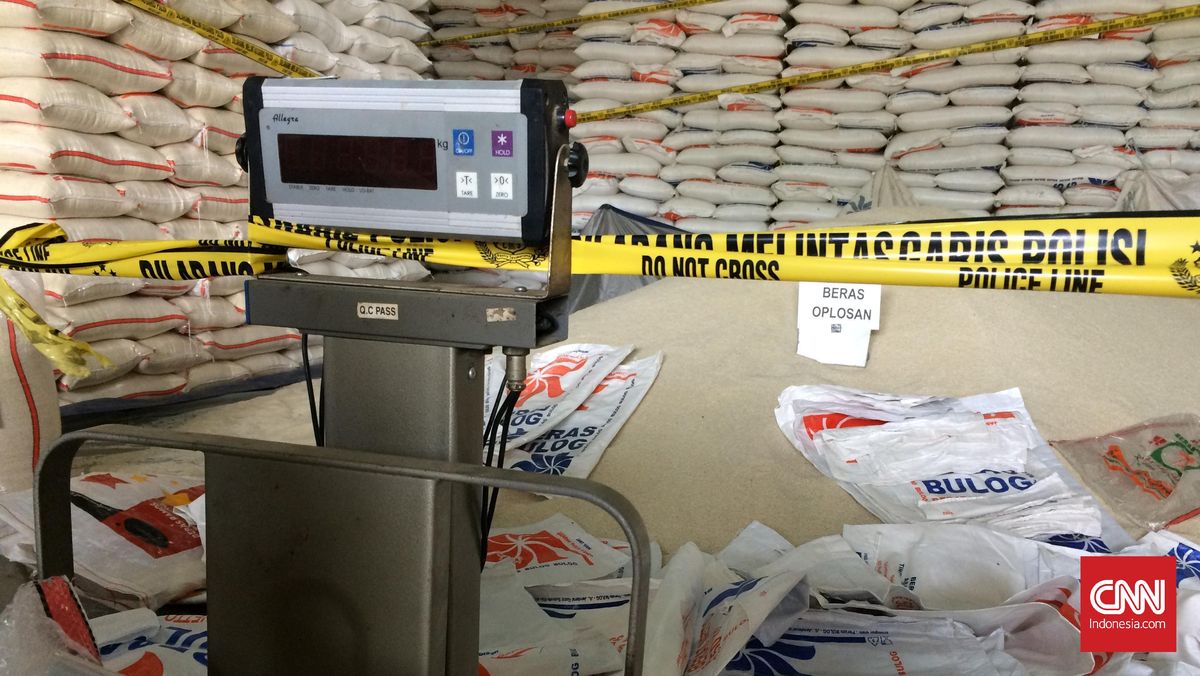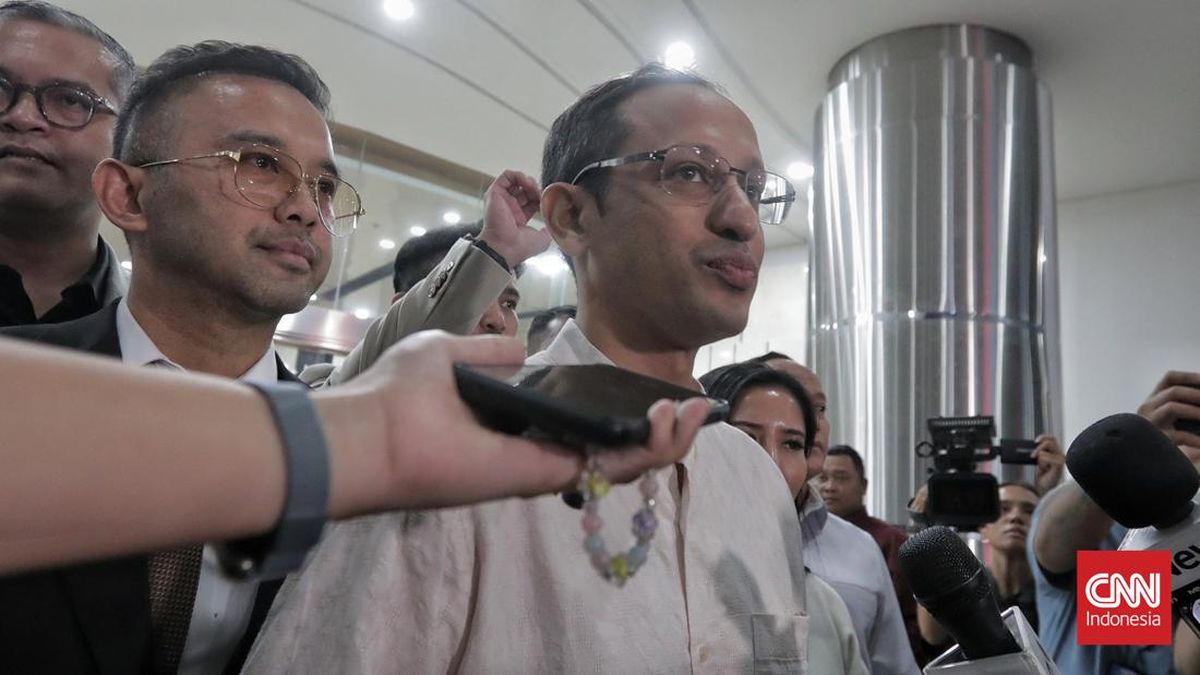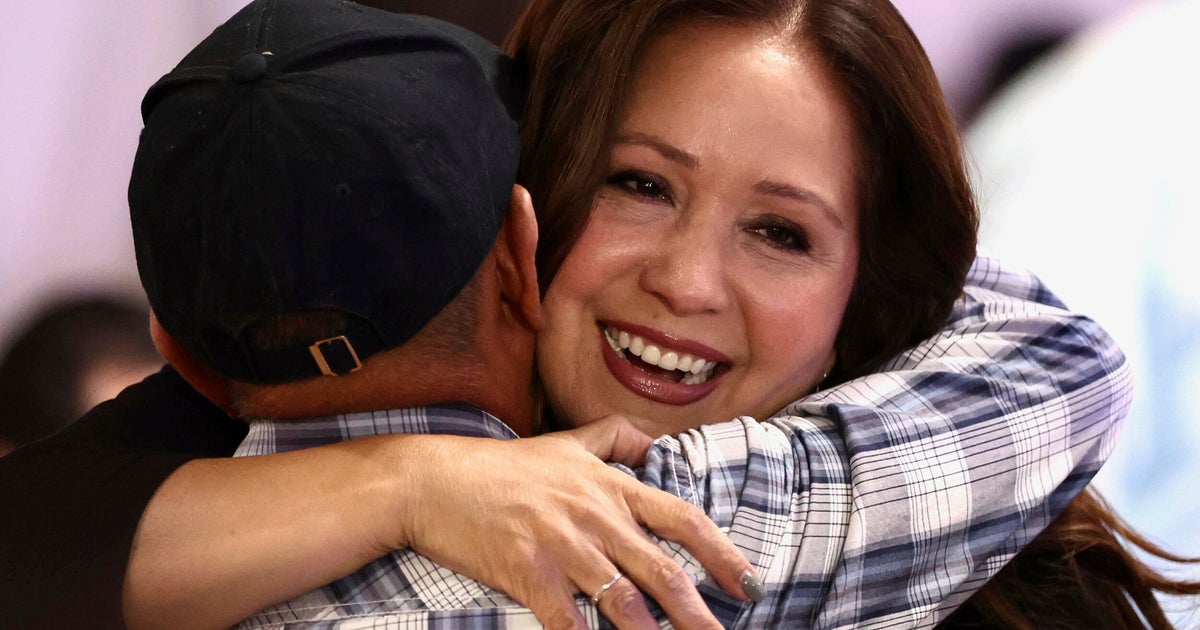In a flurry of activity and optimism not seen since US President Donald Trump was re-elected, bitcoin soared to record highs in what is shaping as a landmark week for the world’s first cryptocurrency.
United States policymakers on Monday kicked off “crypto week”, a Republican-led effort to pass three bills that proponents say would take strides towards fulfilling Trump’s promise of making the US the “crypto capital of the world”.

The United States is rapidly cementing its position as the global hub for digital asset investment, analysts say.Credit: Bloomberg
Dubbed the GENIUS Act, the Clarity Act and the Anti-CBDC Surveillance State Act, the bills, if passed, would collectively make it easier for companies to launch new digital asset products and trade cryptocurrencies.
Buoyed by the progress, bitcoin this week hit a new all-time high, passing $US120,000 ($183,400). The cryptocurrency has skyrocketed since Trump was re-elected last November, climbing by 75 per cent.
If bitcoin were a country, its gross domestic product would now place it among the top 10 globally, comparable to nations such as Brazil ($US2.17 trillion) and Canada ($US2.14 trillion).
While previous bitcoin rallies have been defined by “FOMO”, or fear of missing out, the current surge is different, according to BTC Markets analyst Rachael Lucas.
‘Bitcoin has now overtaken silver and Amazon to become the fifth-largest global asset, as investors increasingly see it as a complement to gold.’
BTC Markets analyst Rachael LucasBitcoin’s surge has been underpinned by deep structural demand from institutions, she said. Bitcoin ETFs had inflows of $US2.7 billion in just five days, with BlackRock’s IBIT alone managing $US84 billion.
“ETFs now hold over 6 per cent of bitcoin’s total market cap, a level of institutional involvement unseen in past cycles,” Lucas said.
“Bitcoin has now overtaken silver and Amazon to become the fifth-largest global asset, as investors increasingly see it as a complement to gold. With subdued retail activity, this rally is being led by ETFs, corporates, and long-term holders, not speculation.
“The United States is rapidly cementing its position as the global hub for digital asset investment.”

Donald Trump wants to make the US the crypto capital of the world.Credit: AP
By comparison, some Australian industry participants are becoming frustrated at what they perceive as a glacial pace of innovation. Labor has proposed licensing, sandbox, and stablecoin frameworks – bills that could look similar to the proposed US laws – but is yet to introduce draft legislation.
There’s also plenty of scepticism to contend with: Reserve Bank governor Michele Bullock last year said bitcoin had “no role” in the Australian economy or payments system, and ASIC chair Joe Longo has also dismissed bitcoin’s rally as an example of “the bigger fool theory” in which overvalued assets can be resold to naive buyers.
Australian senator Gerard Rennick last month enraged the global bitcoin community when he branded the cryptocurrency a “Ponzi scheme”.
Loading
Lucas said that while Labor made meaningful progress with cryptocurrency reforms over the past 12 months, patience was beginning to wear thin.
“Institutional capital moves at scale and speed; we need more than consultation papers,” she said. “The industry is eager to see bold yet balanced implementation to ensure we remain globally competitive. Australia risks falling behind if we don’t act with the same urgency [as the US].”
David Lavecky, chief executive of blockchain finance firm Canvas, said Australia could use its own “crypto week” to spur investment. Steps like the Reserve Bank’s digital currency pilot “Project Acacia” should be welcomed, according to Lavecky, but he agreed with Lucas that more urgency is required.
“An Australian ‘crypto week’ must be about substance, not hype,” he said. “We would showcase regulated innovation like Project Acacia’s tokenised bonds and stablecoins, not just trading chatter.
“The government is making the right moves ... Stablecoin laws and the RBA’s Project Acacia are exactly where blockchain should be focused: improving financial markets’ efficiency, cutting costs and improving liquidity in financial markets.”

Bullish: Canvas co-founder David Lavecky.Credit: Peter Rae
While institutional investors are leading the bitcoin frenzy, some retail investors are eager not to miss out. Almost a third (31 per cent) of Australian adults now own cryptocurrency, according to the Independent Reserve Cryptocurrency Index, with Baby Boomers the fastest-growing cohort.
Edward Carroll, head of global markets at MHC Digital Group, is urging prospective investors to take a breath, however.
“Bitcoin should be a considered component of a diversified portfolio, not an all-in investment,” he said.
Loading
“Rather than reacting to short-term market noise, investors should take a long-term perspective on the asset... We would encourage a dollar-cost averaging strategy to smooth out short-term sentiment-driven swings. Its strong performance reflects broader concerns about a debt-laden financial system, with many investors seeing it as a hedge against inflation and negative real yields in traditional fixed income markets.”
For BTC Markets analyst Lucas, not all digital assets are created equal. Bitcoin was the world’s first cryptocurrency, and has disparate characteristics to meme coins and other newer digital assets.
“Bitcoin, for example, has a fixed supply of 21 million, that scarcity underpins its investment thesis and role as a potential store of value,” she said.
“Many other tokens don’t have that feature, which affects their long-term appeal.
“As always, risk management remains essential. Volatility is part of the asset class. Investors should take a long-term view, diversify sensibly, and ensure they understand what they’re investing in.”
The Market Recap newsletter is a wrap of the day’s trading. Get it each weekday afternoon.
Most Viewed in Technology
Loading


















































